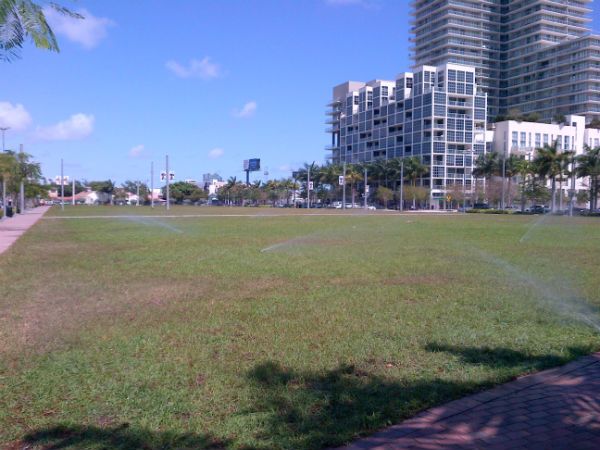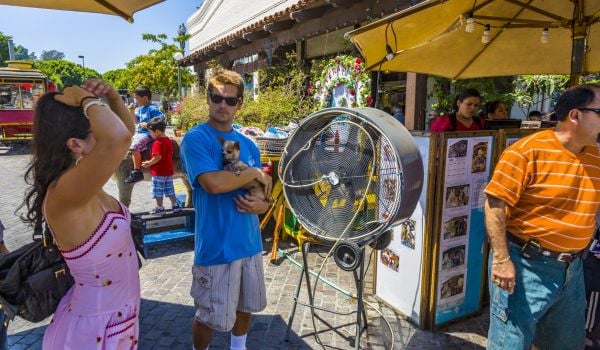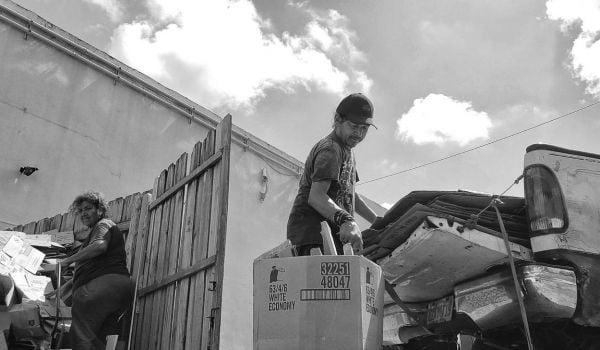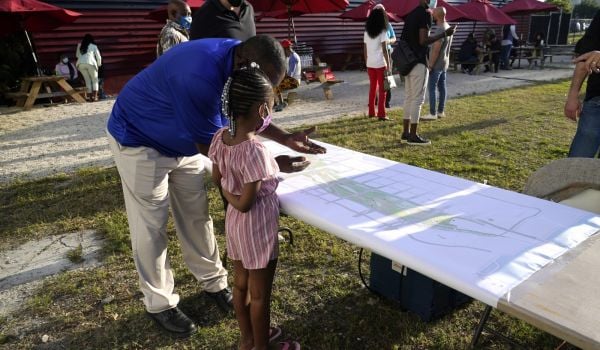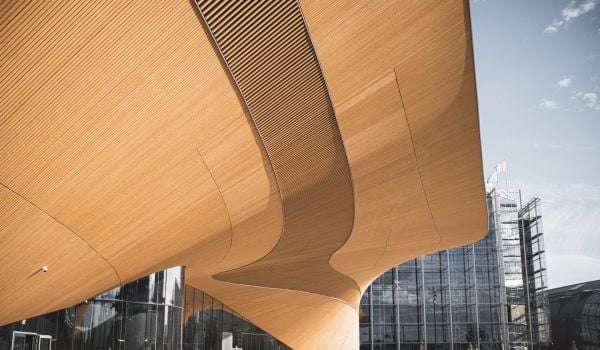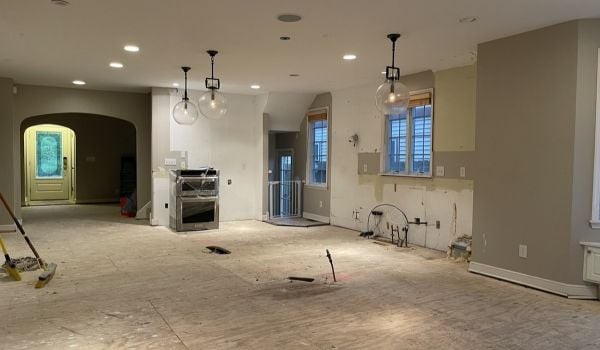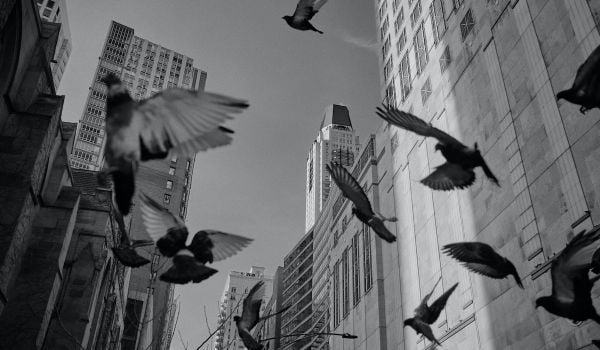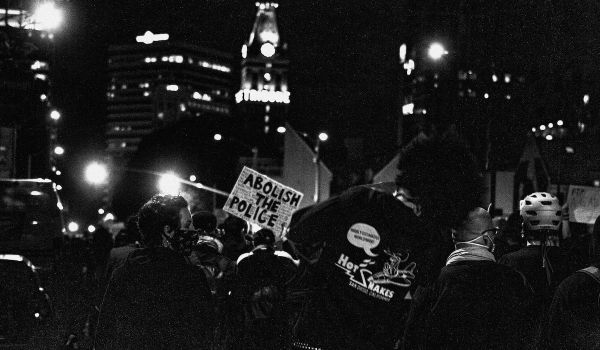This piece originally appeared on Transit Miami.
If you have visited Midtown lately—Miami’s pedestrian-oriented development between Wynwood and the Design District—you probably noticed a vast sea of recently-planted sod between Buena Vista Avenue and NE 1st Avenue.
Jared Goyette covered this development for local blog Beached Miami in early February, citing Midtown residents’ push for a permanent park or playground, and developer Alex Vadia’s stonewalling of their requests.
I happened to meet Mr. Vadia recently and asked him about the future of the plot. He said that the site was slated for future development and they did not want to build anything “permanent.” In Goyette’s article, Vadia is quoted as saying, “we’re evaluating anything that will enhance the community.”
Well, right now the space is simply that—space. It’s a nebulous swath of grass I can only imagine will become a fecal carpet for canines in due time, if it isn’t already. With no designated dog area, play area or any type of area or features, the site has fallen victim to the apparent catchphrase of the year—“green space.”
Author and speaker James Howard Kunstler argues we should rid our vocabulary of this term and instead be specific when educing meaningful public places. In an article for Orion Magazine in 2001, Kunstler writes:
The terms open space and green space are themselves very problematical for a number reasons. They are abstractions. They do not describe anything particular. A farm and a neighborhood square are both “open spaces,” both “green spaces,” but they differ hugely in function, character, and ownership relations with society. In my travels and public appeals, I’ve advocated that we simply drop these two terms from the public discussion because they are too abstract to be meaningful. If we want to talk about preserving rural land or agricultural land then let’s use the appropriate terminology: farms, forests, wetlands. If we’re talking about the human habitat, let’s adopt the vocabulary of urban design: a park, a square, a plaza (distinguished from a square, generally, by its predominate pavings), an Italian garden, a baseball field, a bike trail. If you ask for an abstraction (green space) it will be delivered as an abstraction (grassy berm).
While this particular area of Midtown will most likely experience development in the near future, other areas of Midtown will not. According to the Miami 21 code, Midtown is required to have a minimum of 10 percent of the property reserved as “open space.” The code defines open space as such:
Open Space: Any parcel of land or water, excluding public right of way, that is at ground level or open to the sky and designed and intended for the common use of the residents, tenant and the general public and may include parks, linear parks, plazas, and landscape areas. Additionally, canopy trees and large palms planted within pedestrian zones of the public right-of-way in accordance with the design standards shall respectively each count as four hundred (400) square feet and one hundred seventy-five (175) square feet of open space. Open Space is substantially free of structures other than structures that contribute to the common use of the space.
The nondescript language in the code means that Midtown residents must be vocal and specific in what their visions are for this valuable 10 percent (minimum) of land. Do they want a public square? An urban farm? An outdoor public room in which to watch movies and host events? Whatever they do, asking for “green space” (or not asking for anything at all) is a virtual guaranty that another iteration of the current uninspired, amorphous Midtown “green space,” on a smaller scale, is inevitable.
Goyette’s article mentioned Midtown residents pushing for a playground. I propose they take it a step further. Get the actual kids involved in the conversation! Who knows what kind of playground a developer would build if left to their own devices. Community engagement that includes residents, developers and the actual tikes that would be using the playground would yield a truly endearing place, rather than a profit-driven builder simply plopping down some monkey bars.
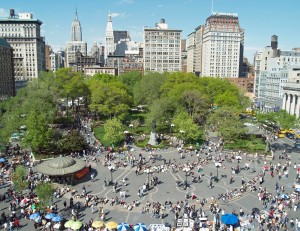
Union Square, great for more than trees and grass.
Credit: David Shankbone
It is also worth nothing that some of our country’s best urban places are not “green spaces.” Take Washington Square Park or Union Square in Manhattan as an example. Even in a concrete jungle like New York City, people seek respite in these places because they are appealing even without an abundance of grass or flora. Of course you have to consider why a majority of people go to parks or plazas in the first place—it’s often just to watch other people.
People watching isn’t very interesting on a flat swath of dog-pooed grass. So let’s be creative and imaginative when conceiving the future of Midtown’s “open space” mandate.
And ask for it.

